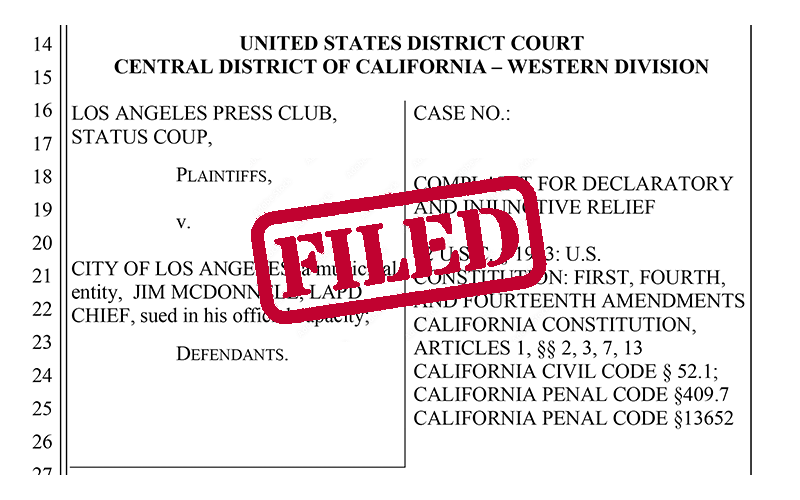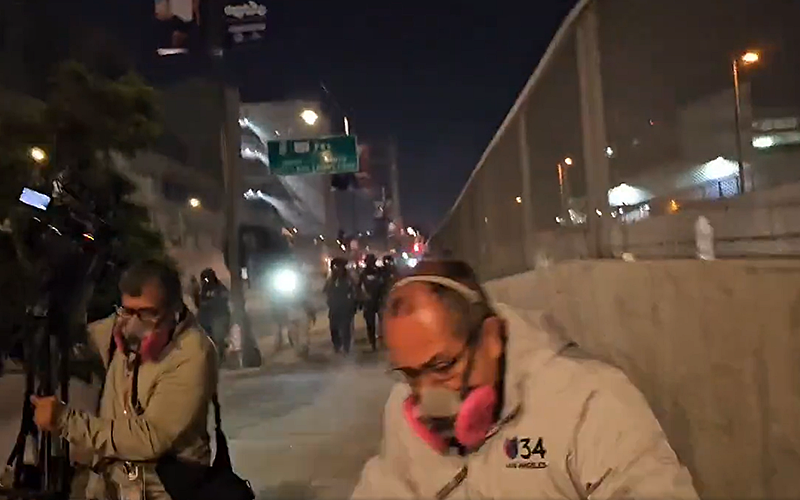
Latest News
Updates and News from the First Amendment Coalition
Press releases and blog posts about our most recent work. To get updates on our work, subscribe to our email newsletter.
-

-
-

June 16, 2025
Journalists Sue LAPD to Stop Attacks at Protests
-

June 12, 2025
Fighting for Press Rights at California Protests
-
-

-

March 28, 2025
FAC Files Freedom of Information Lawsuit Against DOGE
-

-
